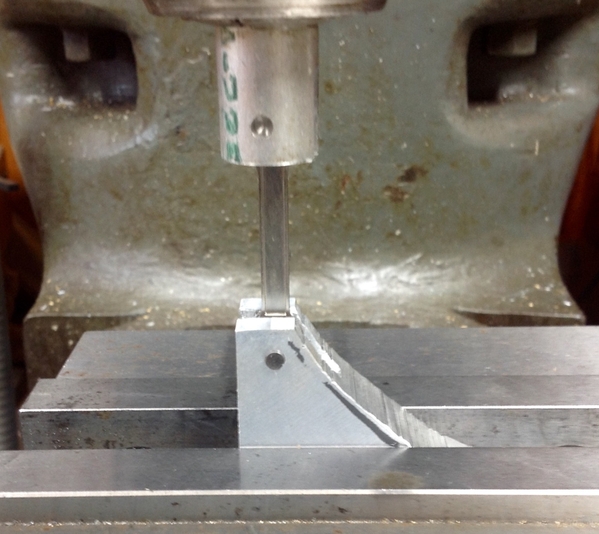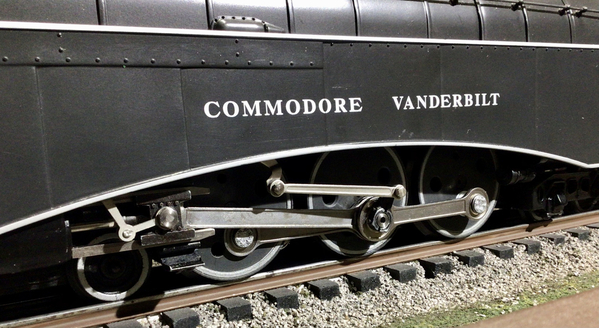Just wanted to post an update now after three plus years. Lionel produced their Commodore Vanderbilt with plain bearing rods on both their spoke wheel versions and Scullin disk engines. When the Central replaced the spokes with Scullins they also installed roller bearing rods on the CV. I had wanted to install the proper roller bearing rods on this engine back when I built it. Turns out the only ones that are a direct fit for this 700E descendant were used on the scarce die cast Dreyfuss Hudson and they have been long out of stock. All other scale Hudsons including the Smithsonian, MTH, and 3rd Rail Dreyfuss engines use different axle spacing. Not by much, about .060”, but with siderods the hole centers must match the axle spacing or no go, literally.
One of the rods I had tried initially were from the Lionel Century Club Niagara. But like the other engines had a different axle spacing. I few months ago I decided to try an experiment to see if I could stretch them. I knew I could heat them and pull them but I needed to do it accurately and repeatedly. So I made a simple jig for my mill. The mill has a heavy table and can be lowered a precise amount. After a few trial and errors I found what amount worked, essentially about .010” more than required as some shrinkage (they shrink?) after cooling.
This is what I started with.

Here is the setup.

And here is the result. Note master fabricator, @AlanRail bearing retainer plate on the rod ends.
Main rod is also from the Niagara but mated to the CV main rod end to attach to the crosshead.

Test runs in Legacy mode show .3 amps quiescent current, motor stopped and .5 amps at 100 speed steps indicating virtually no binding. The 9434 Pittman is not even breathing hard.
Pete









